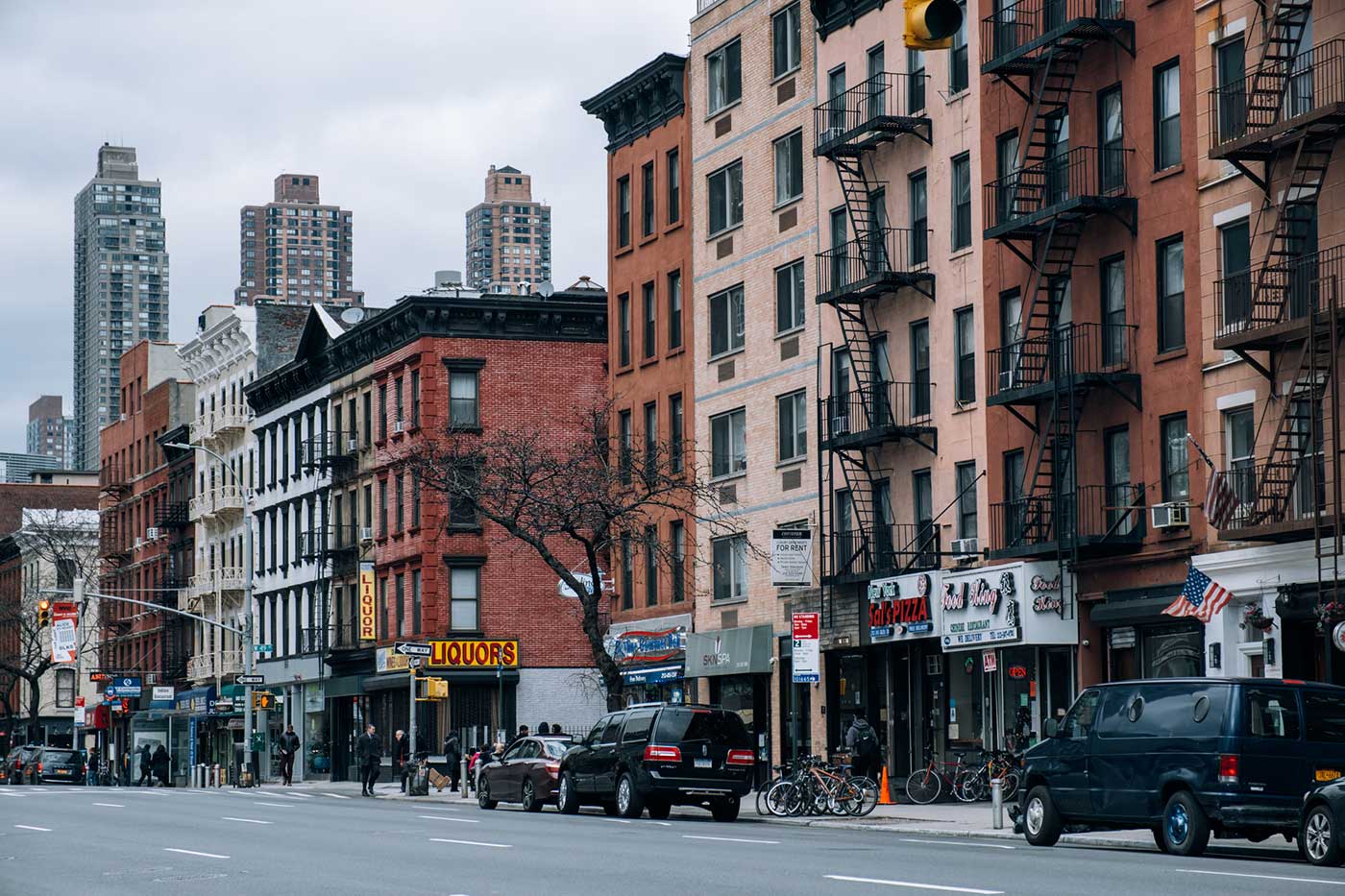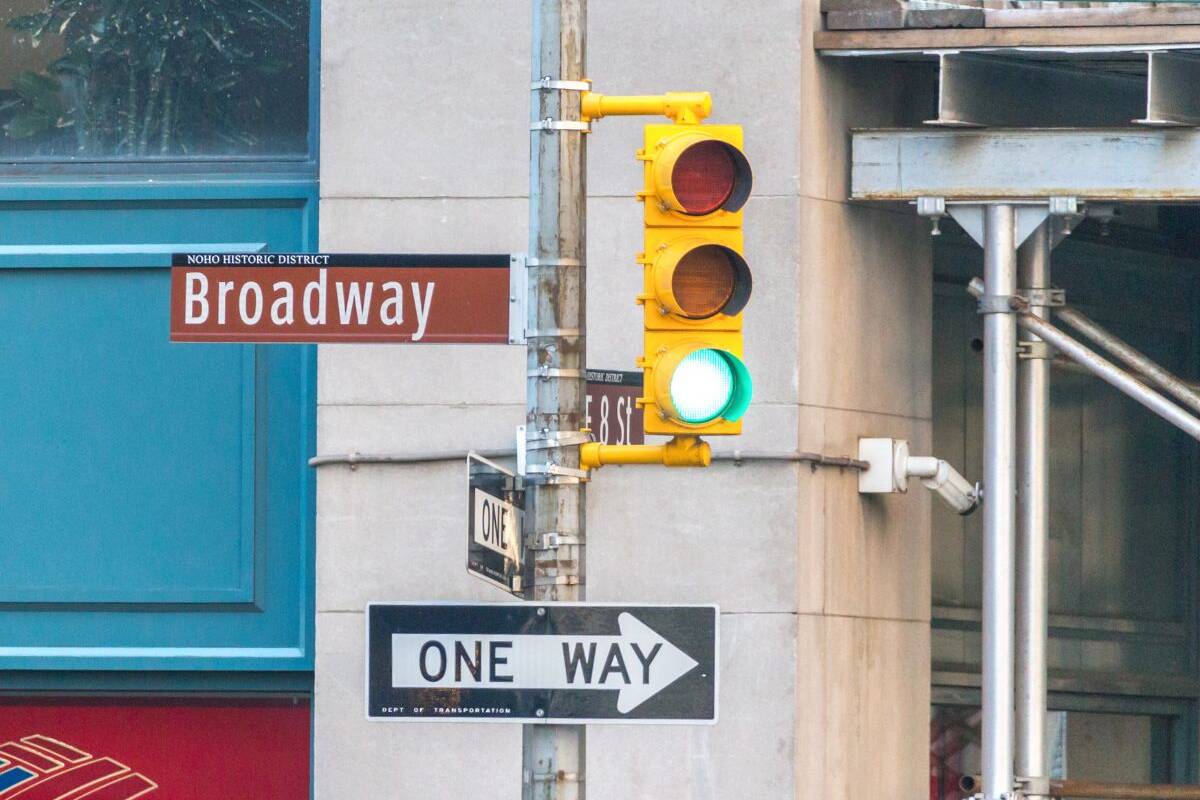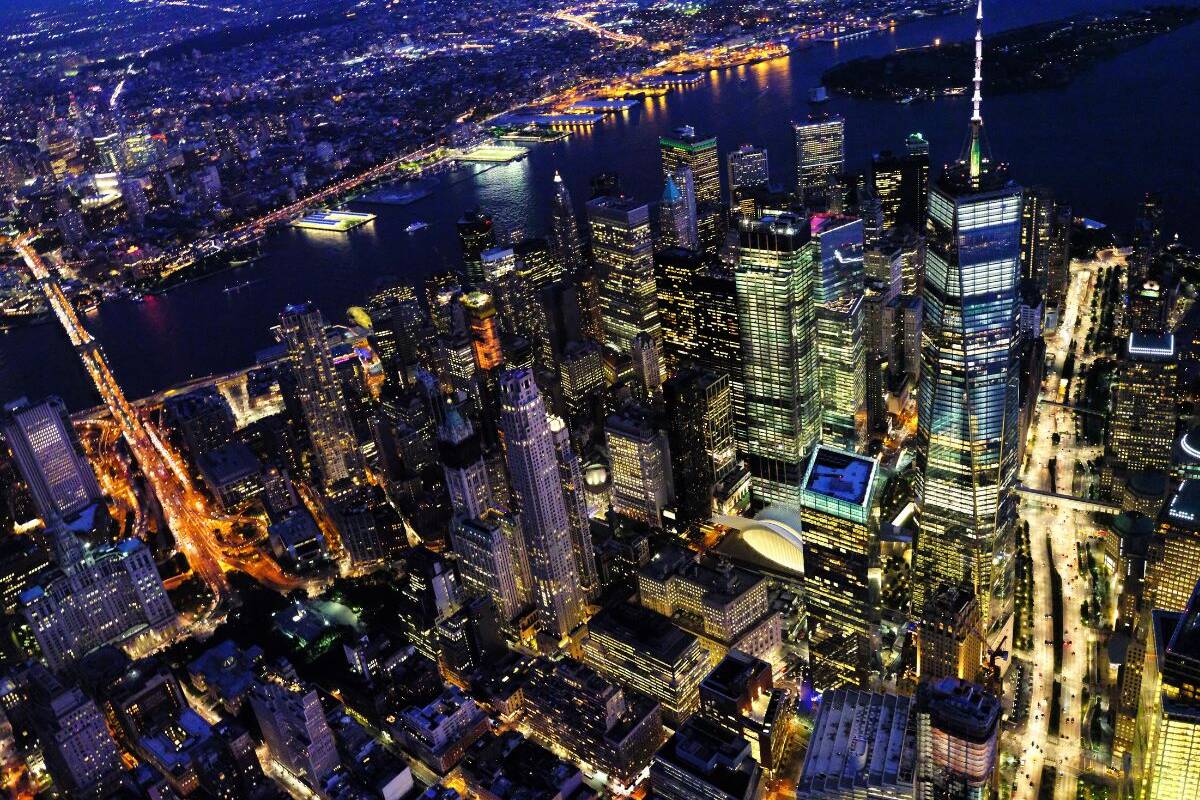Ask any New Yorker about Chelsea Market today, and their eyes will likely light up as they describe the food shops, cafes, and boutiques. But many who flock to this trendy Manhattan hub don’t know the remarkable history behind it.
Tucked away between the chic High Line and historic Meatpacking District, Chelsea Market’s origins go back over a century. This sprawling complex was once home to the National Biscuit Company – better known as Nabisco – where the Oreo cookie first came to life.
Over the decades, Chelsea Market has been reborn from a vacant industrial relic into one of New York City’s most beloved and visited destinations. The market’s evolution from cookie factory to culinary landmark mirrors the story of the neighborhood around it.
Table of Contents
The Birth of a New York City Food Icon
Our story begins in the 1890s, when west Chelsea was the beating heart of New York’s food industry. Called the “Food District”, the area bustled with wholesale meatpackers, dairy plants, and fruit and vegetable warehouses supplying the booming metropolis.
Drawn by easy rail and ship access, the newly-incorporated National Biscuit Company (Nabisco) started construction on a major baked goods factory on the west side of Manhattan. Throughout the 1890s, Nabisco expanded their Chelsea operation until it occupied an entire city block, bounded by 9th and 10th Avenues and 15th and 16th Streets.
The Nabisco Chelsea factory complex was built in the rugged industrial architectural style of the period, featuring exposed brick, timber beams, and a warren of manufacturing floors and offices. For over 60 years, this was the site of baking innovations that changed America’s snacking habits.
In 1898, Nabisco debuted the Oreo cookie here. It would go on to become the best-selling cookie in history, with over 450 billion sold to date! The Chelsea factory was also the birthplace of graham crackers, Barnum’s Animal Crackers, and other munchable hits.
Beyond its culinary impact, the Nabisco factory also provided essential employment opportunities. It helped establish Chelsea as a thriving working-class neighborhood through the early 20th century.
A Neighborhood Staple in Changing Times
As the early 1900s brought waves of immigrants to New York City, many settled in the tenements and affordable housing nearby the Nabisco factory. The complex became a community fixture, with locals relying on it for jobs.
Nabisco’s smell of warm cookies wafting through the streets became synonymous with the neighborhood. Generations of Chelsea residents proudly worked within its brick walls. The factory whistles that announced the workday were part of the soundtrack of bustling pre-war New York.
This went on for decades as Nabisco continued expanding operations to meet demand. By the 1950s, the Chelsea factory occupied over a million square feet. Over 1,700 employees walked through its doors each day.
But major societal shifts loomed that would fundamentally impact the western Chelsea neighborhood.
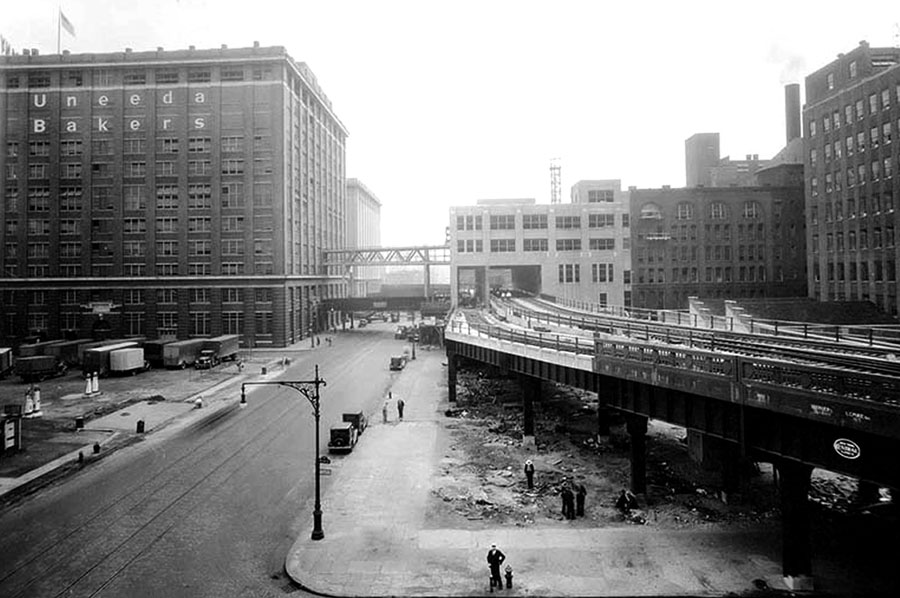
Post-War Decay of an Industrial Haven
As New York City changed after World War II, so did west Chelsea. Factories and food production moved out of Manhattan to the outer boroughs and suburbs. In 1958, Nabisco shut their aging Chelsea factory and relocated to New Jersey, leaving a void in the neighborhood.
With industry gone, west Chelsea spiraled into decline in the 1960s and 70s. The once-vital Nabisco complex sat vacant and dilapidated, its future uncertain. As jobs evaporated and crime increased, the area acquired a seedy, run-down reputation.
For decades, the empty Nabisco buildings endured as icons of urban decay. The 11-acre site seemed destined for the wrecking ball. But one visionary developer saw beauty in the crumbling cookie factory.
Ambitious Redevelopment Bakes Up a New Future
In the early 1990s, developer Irwin Cohen spearheaded an ambitious plan to transform the derelict Nabisco complex into a vibrant retail and dining destination. His vision was just what the neighborhood needed – a central gathering place focused on specialty food shops.
Cohen worked with architectural firm Gary Hanley to sensitively convert the hulking industrial buildings into a soaring retail concourse. Original steel beams, columns, and brick walls were retained to preserve the factory’s architectural heritage.
The project connected the surrounding buildings internally, carving out a sunlit, inviting food hall. Named Chelsea Market, the ingenious adaptive reuse project opened in 1997 to enthusiastic crowds.
Its eclectic mix of boutique bakeries, cookware stores, cheese vendors, and eateries offered authentic tastes and shopping New Yorkers craved. Chelsea Market soon became the heart of a revitalizing neighborhood.
Rebirth as a Cultural Destination
Throughout the late 1990s and early 2000s, Chelsea Market solidified itself as a cultural hub and tourist magnet. Its blend of local vendors and artisanal goods made it an only-in-New-York destination.
As Chelsea Market grew in popularity, media and entertainment companies moved into the office spaces above the market hall. Food Network, Oxygen Network, NY1, MLB, Youtube, and Google all came to operate studios out of the former factory floors.
This influx of media cemented Chelsea Market’s status as a behind-the-scenes hive of creativity. Seemingly overnight, it transformed into a dynamic space buzzing with workers, shoppers, and tourists mingling together.
Chelsea Market also became a dining hotspot, with some of New York’s hottest restaurants like Morimoto and Buddakan opening glitzy outposts. Yet the market hall retained intimacy through its maze-like layout. It continued to feel like a secret gem tucked away from the bustle outside.
Revival in Sync with the City Around It
As Chelsea Market blossomed into an iconic New York destination throughout the late 90s and early 2000s, the surrounding neighborhood was transforming as well.
The abandoned High Line railway, which once supplied produce to Nabisco, was reborn in 2009 as a vibrant elevated park cutting through Chelsea Market’s western edge. The High Line’s adaptive reuse mirrored the restoration of Chelsea Market.
Together, these projects catalyzed the revitalization of west Chelsea. As the district shook off decades of blight, Chelsea Market anchored its resurgence. The market exemplified the balance of old and new that came to define this dynamic neighborhood.
Even as rents increased exponentially, Chelsea managed to retain its diverse character. Historic brick facades housed cutting-edge galleries and fashionable cafes. Through it all, Chelsea Market stayed true to its blended spirit.
Evolution of an NYC Icon
Today, over 9 million annual visitors flock to Chelsea Market to sample its heaping array of epicurean delights. Since opening 25 years ago, the market has become a global destination and inimitable New York institution.
Yet Chelsea Market maintains approachability through its eclectic mix of small vendors and specialty shops. Food Network, Google, MLB, and Youtube all operate studios within the former factory, giving it behind-the-scenes buzz.
In 2018, Chelsea Market was purchased for a staggering $2.4 billion by tech giant Google. The record-breaking sale cemented its status as a billion-dollar brand. However, few changes have been made to the market’s cherished character.
Beyond its commercial success, Chelsea Market holds special significance as an early and influential example of urban adaptive reuse. Its transformation helped bring new attention to preserving and repurposing historic buildings.
With over a century’s worth of commerce, innovation, and community impact, Chelsea Market has more than earned its designation as a beloved New York City landmark. For locals and tourists alike, this former cookie factory remains a delicious destination like no other.
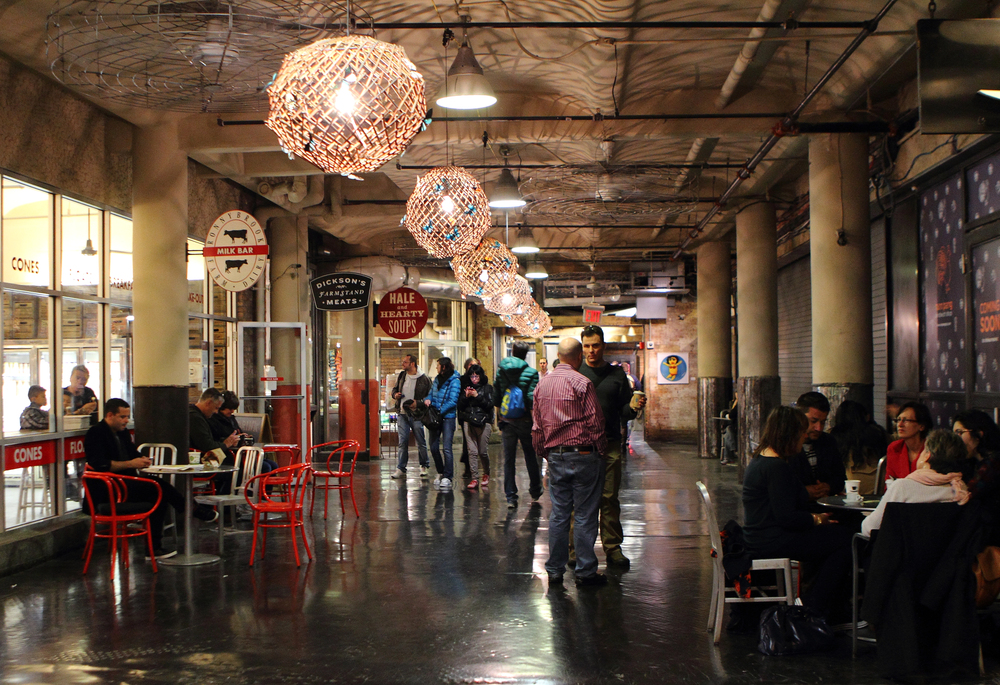
The Future of an NYC Icon
As Chelsea Market celebrates its 27th anniversary in 2024, it remains as vibrant and bustling as ever. Both a neighborhood fixture and global draw, the market stands out as one of New York’s most unique and enduring destinations.
However, some have expressed concerns over potential over-commercialization in the coming years. There are fears that Chelsea Market’s quirky character could be diluted, especially under corporate ownership.
Yet recent history shows that the complex retains an almost magnetic pull towards authenticity. Throughout its evolution, Chelsea Market has organically nurtured independent businesses. Its layout and food-centric DNA seem to foster community and originality.
Perhaps Chelsea Market will follow the trajectory of other New York institutions like Grand Central Terminal or the Meatpacking District, retaining their essence while adapting to the times. If the past is any guide, this iconic landmark has many more decades of magic yet to create.
For now, visitors continue flocking to Chelsea Market today as they have for over twenty years. They come to connect with each other, discover local tastes, and experience the human-scaled atmosphere that no technology can replicate.
